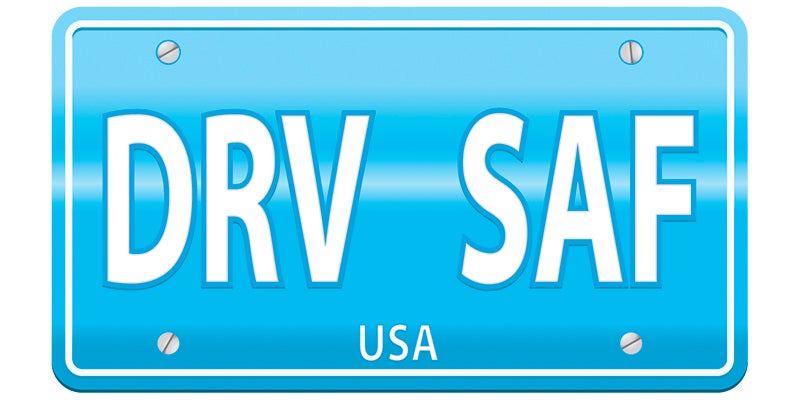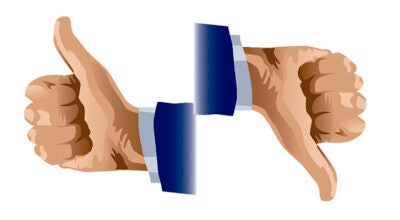Ask a Trooper: License plates must be placed both front and behind
Published 6:30 am Wednesday, February 17, 2021
|
Getting your Trinity Audio player ready...
|
By Sgt. Troy Christianson
Question: I bought a vehicle and it does not have anywhere to put the front license plate, do I need to have one on the front of my vehicle?
Answer: Minnesota State Statute (M.S.S.) 169.79 states: “No person shall operate, drive or park a motor vehicle on any roadway unless the vehicle is registered in accordance with the laws of this state and has the license plates or permit confirming that valid registration or operating authority has been obtained.”
Vehicles that are allowed to display only one license plate include motorcycles, a dealer’s vehicle or vehicle in-transit, classic car, collector car or a vehicle that is of model year 1972 or earlier that is not registered as a collector vehicle and is used for general transportation purpose.
License plates must be displayed on the front and rear of the vehicle. They cannot be displayed in the front windshield or rear window. The plates must be securely mounted and displayed horizontally with the identifying numbers and letters visible. License plates issued to vehicles must also display the month of expiration in the lower left corner of each plate and the year of expiration in the lower right corner of each plate.
The plate must be unobstructed and free from grease, dust or other blurring material (dirt, mud, snow, etc.) so the lettering is visible at all times. It is unlawful to cover assigned letters and numbers or the name of the state of origin with any material, including any clear or colorless material that affects the plate’s visibility or reflectivity. This also includes license plate brackets that block the state of issuance and tabs.
Why do we have two license plates? First and foremost, it is the law in Minnesota M.S.S. 169.79. From a law enforcement perspective it is safer to have two plates. For instance;
• If an officer needs to run vehicle information they can get the plate information from the front or rear of the vehicle.
• It makes a suspect vehicle easier to identify if it is encountered from the front or the rear.
• If a suspect vehicle is backed into a parking spot it is more easily identified.
• Identifying a suspect in a crime (from surveillance images) is easier with front and back plates.
You can avoid a ticket — and a crash — if you simply buckle up, drive at safe speeds, pay attention and always drive sober. Help us drive Minnesota Toward Zero Deaths.
If you have any questions concerning traffic related laws or issues in Minnesota send your questions to Sgt. Troy Christianson – Minnesota State Patrol at 2900 48th Street NW, Rochester MN 55901-5848. (Or reach him at, Troy.Christianson@state.mn.us).




